Traveling to different places in the world requires some planning to ensure that your trip is perfect. And Tibet tour is no different. Any trip to the roof of the world requires some serious planning and preparation, as it is unlike any other destination in the world. There are many things that are needed for a trip to Tibet that are different compared to planning for a visit to other countries.
The first thing to remember is that foreign visitors to Tibet are not permitted to travel alone through the region, and it requires a registered tour operator to organize the tour, as well as a guide, driver, and private vehicle for the whole tour. There are also permits that need to be obtained, plans to be made on where to go, flights and hotels to be booked, and the main decision of when to go and how to get there.
Find out your interests in Tibet
Firstly, you need to work out what it is you want to see while you are touring in Tibet. This high-altitude land on the highest plateau in the world is an amazing place to visit, and has many things to see and do. If monasteries are your thing, then Tibet has hundreds, in all shapes and sizes, from the more recent (built in around the 18th century) to the ancient temples and monasteries that date back to as early as the 7th century. Tibet has a history that dates back thousands of years, and has sites of interest that contain relics from the earliest era in Tibetan history, from the beauty of Potala Palace and the reverence of the sacred Jokhang Temple to the highest monastery in the world and the ancient ruins of the Guge Kingdom.
For those who love mountains and high-altitude landscapes, Tibet is the home of the mighty Himalayas, with the highest mountains in the world all in one place. From the heady height of the spectacular Mount Everest, at 8,848 meters, to the other 8,000 meter-plus mountains such as Mt. Lhotse (8,516m), Mt. Makalu (8,463m), Mt. Cho Out (8,201m), and Mt. Shishapangma (8,012m). All of these high mountains, and many thousands of others can be seen in Tibet, as well as the most sacred mountain in the world, holy Mt. Kailash. Tibet is the location of several high mountain ranges, including the Himalayas, the Gangdise Mountains, the Nyenchen Tanglha Mountains, the Tanggula Mountains, the Kunlun Mountains, and the Karakoram Mountains. While some are out of reach for foreign visitors, there are several mountain ranges that can be accessed.
Tibetan Lakes are great places to visit as well, and many of the lakes in Tibet have some holy or spiritual reference to them. The main three are the Great Holy Lakes of Tibet, Lake Manasarovar, lake Yamdrok, and Lake Namtso. All three of these holy lakes can be easily visited on a tour of Tibet, and are major attractions for visiting tourists.
And for those who are tired of the dull trekking trails in other parts of the world, Tibet has some of the best trekking in Asia, if not the world. Tibet is renowned for having great trekking environments, and there are dozens of treks that can be done across the region, from the easy one-day trek to the more advanced and harder treks that can take a lot longer. For trekkers, there are several different types of treks as well, from the high-altitude treks from EBC to the Advanced Base Camp on Mt. Everest and the Mt. Kailash Pilgrimage trek, to the more scenic treks in the Gama Valley and the trek from Ganden To Samye.
For Every idea you can have, there is an activity that can cover it when touring in Tibet. From all the things you can do while you are there, you can make a choice of one thing, several things, or combine all of them into one, to make the perfect all-round trip to Tibet.
Find a reliable travel agency to handle details
Once you have decided on what you want to do when you go to Tibet, then it is time to find a good, reliable tour operator to help you to confirm your itinerary and book the trip. All tourists traveling to Tibet must book their trips through a registered tour operator that is licensed by the Tibet Tourism Bureau. Tibet Vista is just such an agency, and can help you plan and book your trip, and deal with all of the permits and things that you need to travel to China and Tibet without you having to worry about how to do it all. Also, foreign tourists to Tibet must have a private guide, vehicle and driver at all times when traveling in the region, and independent travel is no longer permitted.
Once you have chosen to speak to Tibet Vista, they will discuss your itinerary with you, and recommend a trip that you can take, helping with everything from the price of the trip to whether or not you want to take an individual tour or join a group tour that is doing the same things. Tibet Vista operate many group tours that are booked well in advance that you can join if it matches the itinerary that you require, and the group tours with other people can reduce the cost of the whole tour by sharing the costs of some of the requirements such as the guide and the private vehicle and driver.
Once you are done with the decisions making part of the process, the tour operator will book the tour, and start the processing of the necessary requirements.
Travel documents you need
Obviously, with Tibet being part of China, the first thing you need is the Chinese Entry Visa, if you are entering from Tibet, or the Group Tourist Visa if entering Tibet from Nepal. The Chinese Entry Visa must be obtained personally from your local Chinese Embassy, as China does not have e-visas or visa-on-arrival services. The Group Tourist Visa is obtained by your travel agent once you reach Kathmandu, and takes around 3-4 days to process.
Other permits you will need are the Tibet Travel Permit issued by the Tibet Tourism Bureau and which is needed to enter Tibet; the Alien’s Travel Permit issued by the PSB for travel outside Lhasa to open areas of Tibet; and the Military Permit that will allow you to enter certain closed areas of Tibet for access to certain sites such as Mt. Everest.
All of these permits are obtained by the tour operator or the guides. The Tibet Travel permit is applied for by the tour operator before you enter China, and is delivered to your hotel so that you can board the train or flight to Tibet. From Nepal, this is also obtained by the tour operator and delivered to your hotel along with your Group Tourist Visa. The other visas you need for travel within Tibet will be obtained by your guide once you reach Lhasa, and will be processed while you are acclimatizing and exploring the city.
When and how to travel to Tibet
For a general, all around visit, you can get the best out of Tibet at any time from April to November. While summer, July to August, is the rainy season, much of Tibet experiences very little rain during the monsoon, and it is still possible to enjoy the great attractions of the plateau throughout the summer. Similarly, trekking can be done at any time from April to November, although the most popular times for trekkers are spring, from April to May, and autumn, from, September to November. At this time the weather is milder and the skies are clear, allowing for the optimum trekking environment. Summer is possible for trekking in some areas, although it can still get very hot, despite the high altitude and myth that Tibet is perpetually frozen.
For the photographers, spring and autumn are the best times to come, as there is no cloud cover, the mountains are free of mists, and the skies are bright, giving optimal conditions for the best photography. If you love to visit the festivals and celebrations of Tibetan Buddhism, then there are festivals that happen throughout the year in different parts of the region. However, for the most festivals in one period, the fourth and fifth months in the Tibetan lunar calendar and the seventh and eighth months are the best.
Getting to Tibet is up to your personal choice, and whether you require to get them quickly, or whether you prefer to take it slow. From China, you can fly to Tibet from several airports, or you can take the train from seven major gateway cities, which takes from 22 hours to 56 hours, depending on where in China you depart from.
Each has its own benefits, and while the plane is faster and easier, the train is relaxing and comfortable, and gives you the chance to see more of the countryside along the way. Or you can do both, and take one option getting to Tibet, and the other option when leaving.
There is also the option of taking a flight from Kathmandu or traveling overland to Lhasa, when traveling from Nepal. Both options are available, and you can also fly in and drive out, or vice versa.


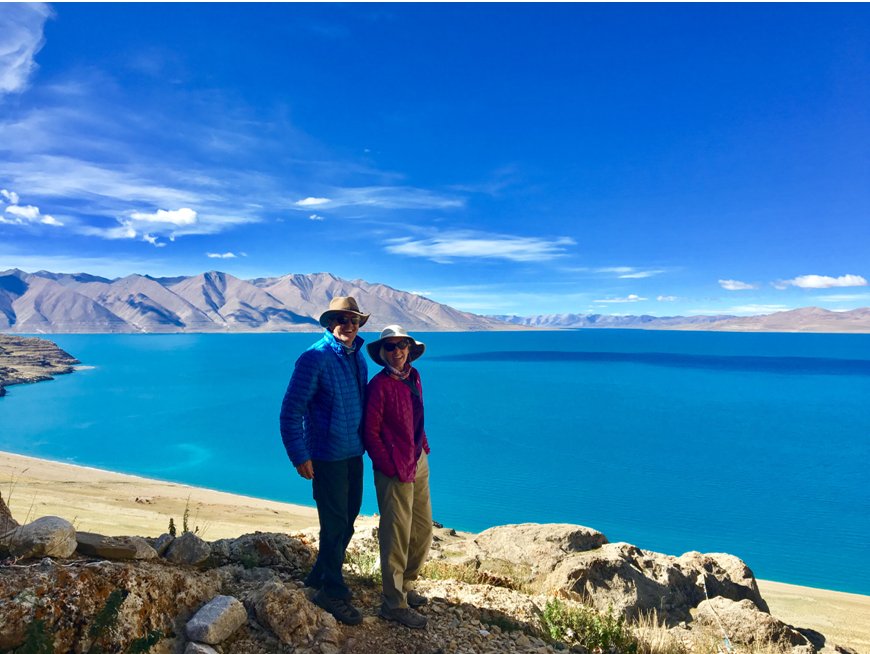
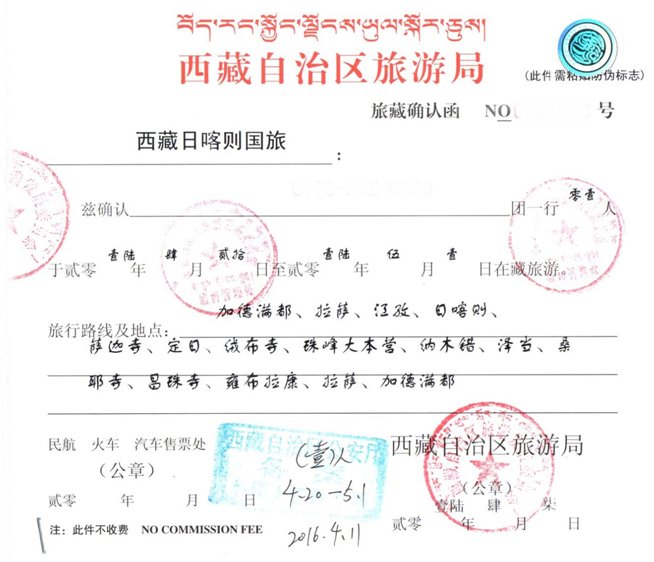
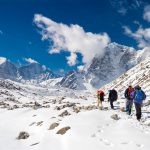
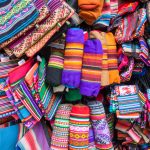
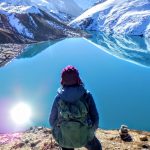
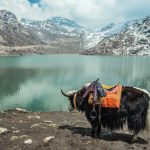


A terrific article filled with essential information about traveling to Tibet, I wasn’t aware that solo travel is not allowed there until I read this piece.
Tibet is on my short bucket list – hope to get there in the next few years
Thanks for sharing. It’s very useful for us. We are planning a trip to Tibet recently.